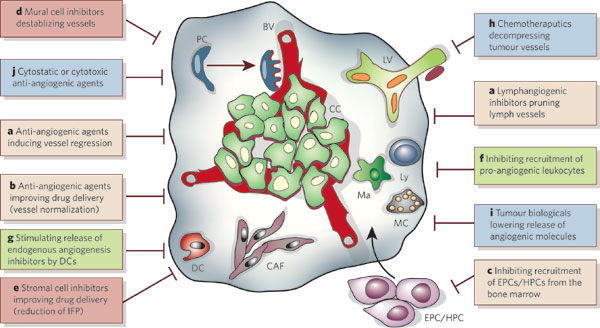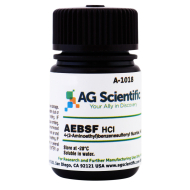A large new epidemiological study appears to provide further evidence that regular intake of fiber from fruits, vegetables and whole grains is associated with a reduced risk of developing breast cancer in women.
A large new epidemiological study appears to provide further evidence that regular intake of fiber from fruits, vegetables and whole grains is associated with a reduced risk of developing breast cancer in women. The study examined data from 16 prospective studies in what is called a meta-analysis. The results showed that women who consumed the most fiber in their diets had a lower risk of breast regardless of other risk factors, such as smoking, alcohol consumption, obesity, and menopausal status. Fiber obtained from cereals provided the greatest risk reduction. In addition to containing fiber, fruits, vegetables and whole grains contain an abundance of other cancer-fighting compounds and should be part of a healthy diet. There are a number of possible ways in which dietary fiber could reduce women's breast cancer risk. Fiber can bind with toxins, carcinogens and estrogens in the digestive tract and prevent their absorption by the body. Whole grain foods, which are high cereal fiber, are also rich in various nutrients such as polyphenols and flavanoids that have been shown to reduce tumor growth and the development of tumor blood vessels (angiogenesis).
Tumour angiogenesis has classically been inhibited by anti-angiogenic agents that affect ECs directly. Alternative anti-tumour angiogenesis strategies target other cell types in tumours (mural and stromal cells, haematopoietic cells and tumour cells), which stimulate angiogenesis indirectly. The yellow boxes show agents (such as VEGF inhibitors, metronomic chemotherapy and other compounds) that target endothelial (progenitor) cells (EPCs); they inhibit (lymph)angiogenesis (a), induce vessel regression (a) and normalization (b), and block recruitment of EPCs (c). The red boxes show agents (such as PDGF inhibitors) that target mural and stromal cells and destabilize vessels (d), reduce the release of pro-angiogenic factors or progenitor cytokines, and lower the interstitial fluid pressure (IFP), which improves drug delivery (e). The green boxes indicate agents (such as VEGFR-1 inhibitors, chemokine antagonists and so on) that target haematopoietic cells and reduce the infiltration of pro-angiogenic bone-marrow-derived precursors and mature leukocytes (c,f), and stimulate the release of endogenous angiogenesis inhibitors in dendritic cells (g). The blue boxes show agents targeting cancer cells (chemotherapy, radiation, tumour-cell-targeted biologicals) that improve drug delivery by decompressing tumour vessels (h) and decrease the release of (lymph)angiogenic factors (i); some anti-angiogenic agents are also cytotoxic for tumour cells (j). BV, blood vessel; CAF, carcinoma-activated fibroblast; CC, cancer cell; DC, dendritic cell; LV, lymph vessel; Ly, lymphocyte; Ma, macrophage; PC, pericyte; MC, mast cells. Source: Angiogenesis in life, disease and medicine, Peter Carmeliet, Nature 438, 932-936(15 December 2005). Other anti-cancer substances found in whole grains include carotenoids, vitamin E, fatty acids, and phytoestrogens, among others. It is thought that phytoestrogens, plant-derived substances that are chemically similar to estrogen, may protect against hormone-dependent cancers like breast cancer, although the data on this topic is inconsistent. Fruit fiber contains citrus pectin, which has been shown in studies in mice to inhibit tumor growth, angiogenesis and the spread (metastasis) of cancer cells.
